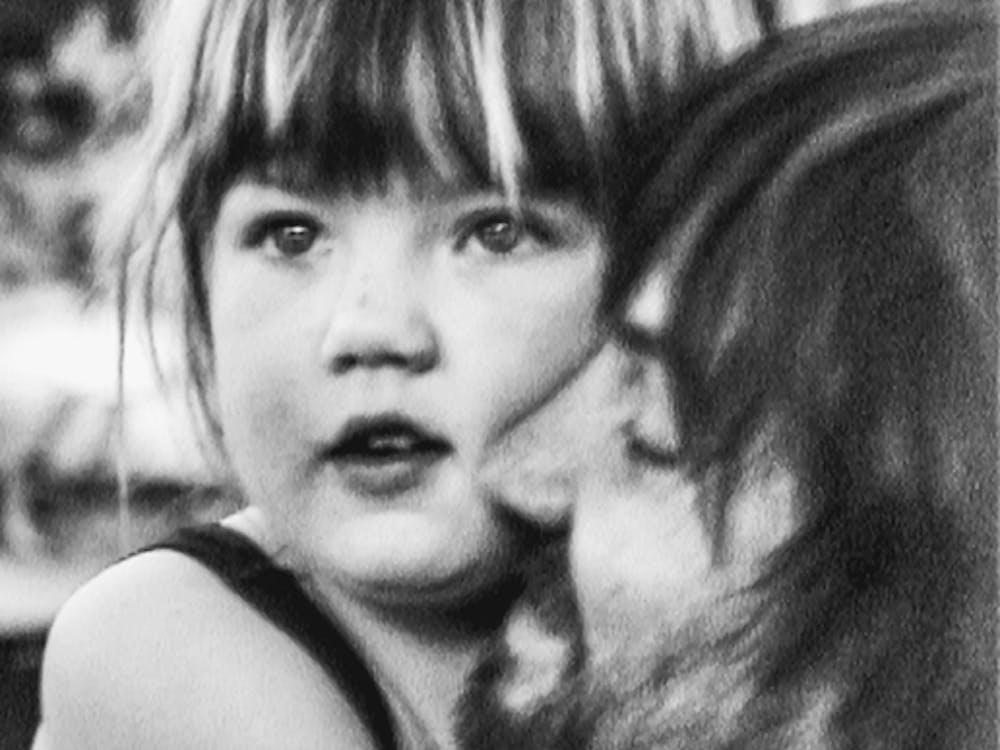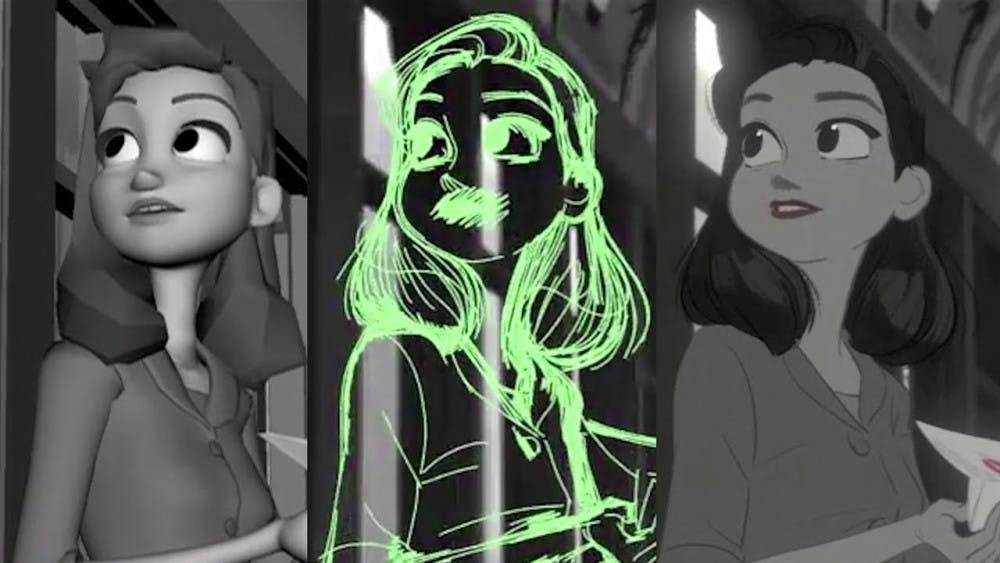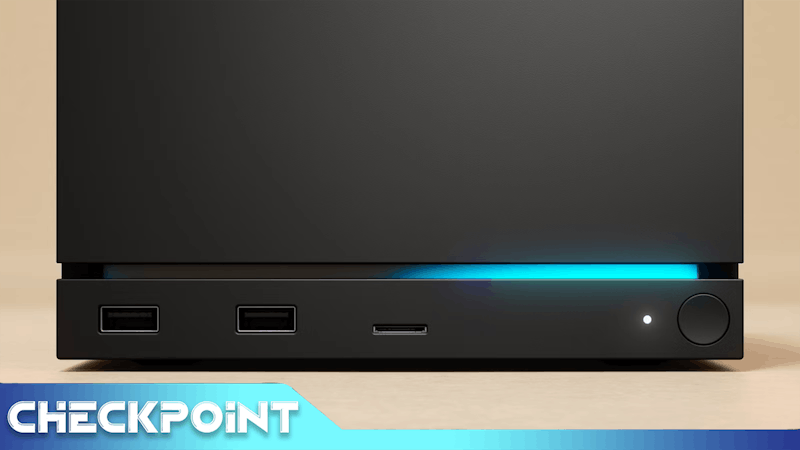by Courtney Tuchman I love all things animated, which wouldn’t come across as a surprise if you knew me. American cartoons. Animated movies. Japanese anime. I live for it all, and I’ve never been one to discriminate against animation style. As long as the animation is appropriate for the type of story it needs to tell, I don’t have a problem. But apparently, I might be a lone ranger in this camp. Imagine the total body shock I had when someone told me that he refused to watch cartoons of any kind because they are normally executed in 2D animation. And to that person, 2D animation is primitive.
My immediate thought was rather simple: “Since when, dimwit?!” But then I thought about it, and I wondered if this guy might have a point. Just look at the box office numbers for the final 2D animated Disney princess movie, compared to the 3D animated Disney princess movie that followed. The Princess and the Frog wasn’t even a bad movie, but the flashier, high-tech Tangled blew the frogs out of the water.
So what’s the deal? If 3D animation and CGI can almost perfectly reflect real life, is 2D animation even necessary? Does it have a future? Or are we about to watch history abandon one of its earliest animation techniques? I would argue that 2D animation has a vital place and will be around for the next generation and on to see. It might not come back in its former glory with full-length feature movies, but it will more likely be integrated with Computer Graphics animation. In fact, this 2D combined with 3D revolution has already begun. Let’s take a look at a perhaps lesser known piece that highlights the importance of 2D animation. What better form to analyze than the reigning champions of 2D animation than anime? Shirobako (2014) is an anime about how anime is made (think Singin' in the Rain...but without the singing). While it’s a great show to watch, the series offers some insightful commentary on how 2D and 3D animation can be integrated. At a loss of what to do, Ryosuke goes out to eat with a respected animator and colleague, Saburou Kitano, who is famous for his work in 2D animation. Ryosuke expects sympathy from Saburou, but Saburou reveals he has been teaching himself how to work with 3D. Ryosuke becomes defensive, saying that there should not be any overlap in the mediums. Saburou disagrees. He asks Ryosuke to imagine a way for the two techniques to become more integrated, and that even if a tablet replaces a pencil one day, there will still be a necessity for an artistic eye, and therefore, a 2D animator.
At a loss of what to do, Ryosuke goes out to eat with a respected animator and colleague, Saburou Kitano, who is famous for his work in 2D animation. Ryosuke expects sympathy from Saburou, but Saburou reveals he has been teaching himself how to work with 3D. Ryosuke becomes defensive, saying that there should not be any overlap in the mediums. Saburou disagrees. He asks Ryosuke to imagine a way for the two techniques to become more integrated, and that even if a tablet replaces a pencil one day, there will still be a necessity for an artistic eye, and therefore, a 2D animator.
 So in this example, even though the 2D animator ends up returning to his studio and opening his mind to 3D, the importance of 2D is not lost in the message. Animation techniques are an ever-changing process. If there are new ways to innovate them, using 2D animation is the perfect step in the right direction. A program called Meander works to unite the processes.
The award-winning, 2012 short film Paperman, is one of the best 2D interpolation examples. In the film, a man attempts to get the attention of a pretty girl he briefly meets during his morning work commute against a gorgeously urban backdrop. Before starting the short, director John Kahrs had experience in both 2D and 3D animation, and he wanted to figure out how to combine the two since he felt like audiences might still have a place for 2D in their hearts. Thus, Khars came across Meander, the hybrid software that combines vector/raster-based drawing and animation.
So in this example, even though the 2D animator ends up returning to his studio and opening his mind to 3D, the importance of 2D is not lost in the message. Animation techniques are an ever-changing process. If there are new ways to innovate them, using 2D animation is the perfect step in the right direction. A program called Meander works to unite the processes.
The award-winning, 2012 short film Paperman, is one of the best 2D interpolation examples. In the film, a man attempts to get the attention of a pretty girl he briefly meets during his morning work commute against a gorgeously urban backdrop. Before starting the short, director John Kahrs had experience in both 2D and 3D animation, and he wanted to figure out how to combine the two since he felt like audiences might still have a place for 2D in their hearts. Thus, Khars came across Meander, the hybrid software that combines vector/raster-based drawing and animation.



















